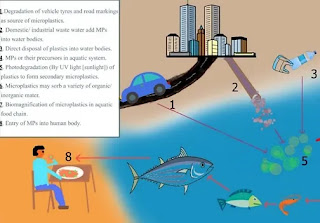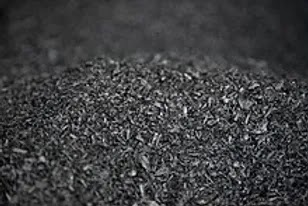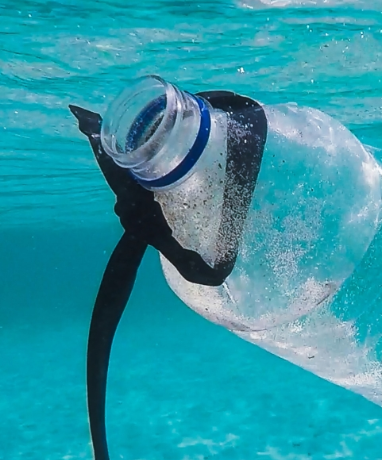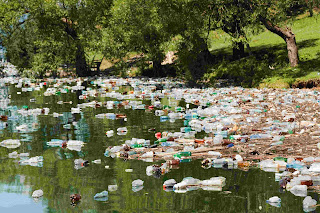ESA - Submissions Open

Environ Sci Arch SUBMISSIONS OPEN VOLUME II ISSUE 2 We would like to invite you to contribute papers for consideration and publication in the Environmental Science Archives (Environ Sci Arch) under Volume II. It is published on a biannual basis (June and December). All submitted articles should be original and must not be under consideration for publication elsewhere. Manuscripts should follow the formatting style of the journal. ESA reviews papers within approximately ONE month of submission and publishes accepted articles in the relevant forthcoming issues upon receiving the final versions by the authors. SUBMIT NOW














